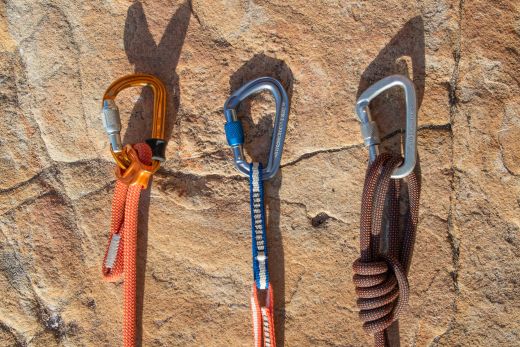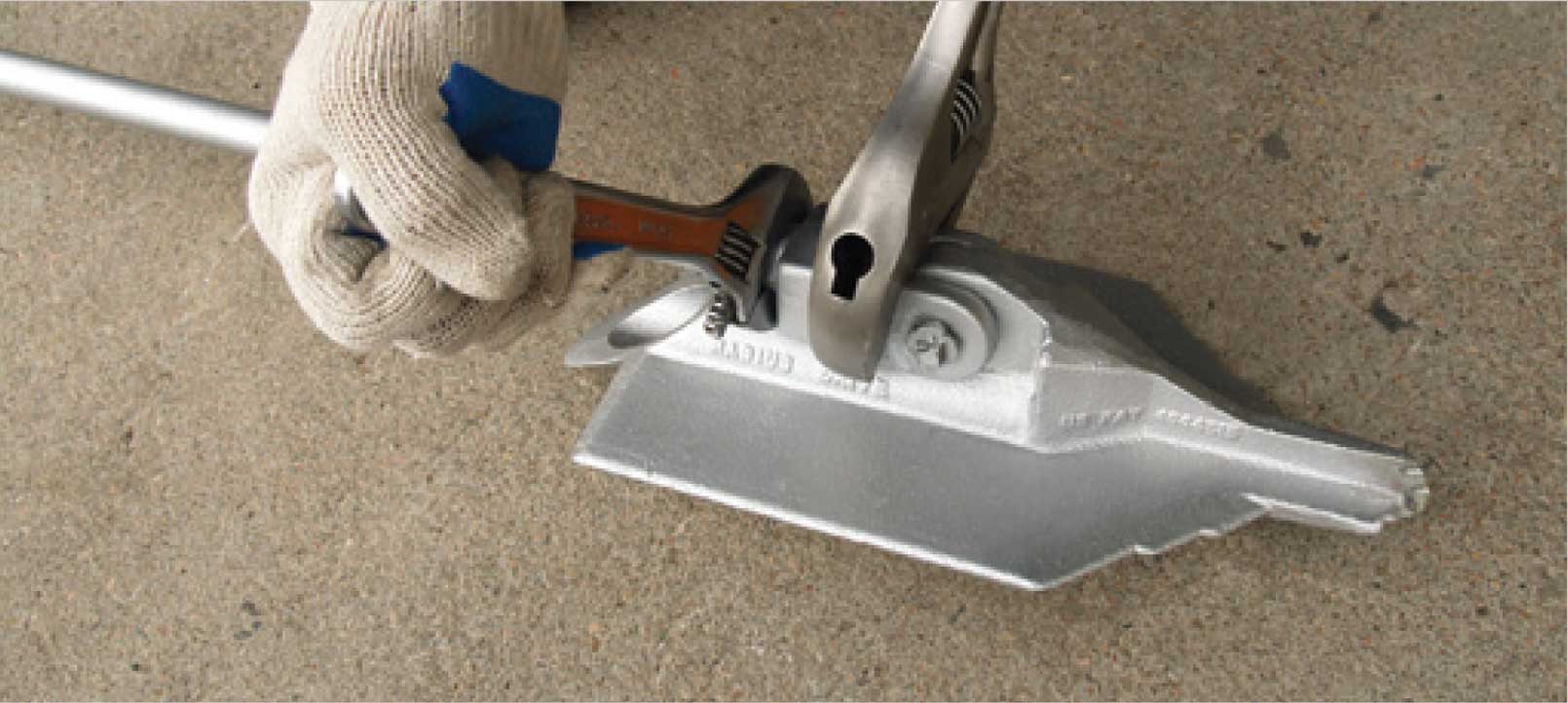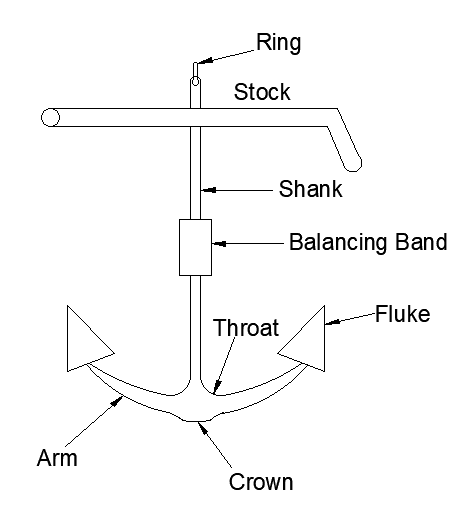The Different Types of Earth Anchors for Your Building Demands
High-Performance Anchor Equipments for Any Type Of Application
High-performance anchor systems are essential in guaranteeing safety and security across a multitude of applications, from building and construction to aerospace. Their innovative engineering offers attributes such as improved load ability and resistance to ecological factors, which are essential for keeping structural honesty. The choice and execution of these systems can be complicated, influenced by different industry-specific requirements. Recognizing the nuances of various anchor kinds and their particular installment methods is vital. What factors to consider must be thought about to optimize their effectiveness and long life in difficult settings?
Kinds Of Anchor Solutions
When considering the varied applications of anchor systems, what are the main kinds that specialists depend on for high-performance results? Support systems can be extensively classified right into several kinds, each designed to satisfy specific demands based upon the nature of the load and ecological problems.
The initial category is mechanical supports, that include expansion supports, wedge supports, and screw supports. These are typically employed in concrete and masonry applications, providing robust holding power with mechanical interlock or friction.
Another significant kind is glue supports, which make use of chemical bonding representatives to secure the support within the substrate. This kind is specifically beneficial in applications where high tensile strength and resistance to shear pressures are essential.
Additionally, there are passive anchors, such as deadman supports, which depend on the weight and resistance of surrounding products to protect things. They are commonly used in outside applications or where vibrant tons exist.
Finally, there are specialized anchor systems like ground supports, which are used in civil design and building jobs for maintaining frameworks. Each sort of anchor system is developed with specific efficiency metrics in mind, making sure ideal safety and performance throughout various applications.
Trick Functions and Benefits
High-performance support systems provide a series of crucial features and benefits that boost their efficiency in different applications. One of the key functions is their exceptional tons capacity, which makes certain security and safety under considerable stress problems. This is achieved with advanced products and design designs, permitting for trustworthy performance sought after environments.
Additionally, these systems typically include ingenious modern technology such as corrosion resistance and versatility to various substrates. This not only prolongs their life-span however additionally reduces maintenance expenses, making them a cost-effective option with time. The flexibility of high-performance support systems permits for smooth integration into different frameworks, boosting their usability across many tasks.
An additional notable benefit is simplicity of installment. Several high-performance supports are designed for quick and simple implementation, lowering labor time and increasing overall task performance. Furthermore, their light-weight nature facilitates transport and handling, contributing to structured operations.
Applications in Different Industries

In the transport market, high-performance supports are employed to protect roadway and rail infrastructure, adding to the safety of travelers and lorries. Their reliability is vital in preventing architectural failings that could result in tragic accidents. In addition, in the sustainable power field, these anchors are important for safeguarding wind turbines and solar panel setups, guaranteeing they withstand environmental anxieties while taking full advantage of performance.

The aerospace industry also uses sophisticated securing remedies to safeguard components during manufacturing and transportation, where precision and reliability are necessary. In each of these applications, the option of appropriate anchor systems can considerably affect general job success, highlighting the flexibility and requirement of high-performance anchors throughout different industrial landscapes.

Installment Strategies and Tips
Appropriate installation of high-performance support systems is important to their efficiency and longevity. To guarantee optimum efficiency, it is important to follow well-known setup techniques customized to the particular sort of anchor system and official statement application.
Begin by thoroughly examining the installation website, including the substratum conditions, lots demands, and environmental aspects. Accurate dimensions and alignment are critical; use laser levels or plumb lines to preserve accuracy. When boring, select the proper little bit size and type for the support system, ensuring precise and tidy holes to protect against material damages.
Use the suggested torque setups during securing to avoid over-tightening or under-tightening, which can endanger the anchor's stability. In addition, stick to the maker's standards concerning spacing and side ranges to optimize lots distribution and lessen possible failing points.
Always utilize individual safety equipment (PPE) during the setup procedure, and take into consideration utilizing specialized tools created for high-performance supports to enhance efficiency and safety. Conduct an extensive assessment post-installation to verify that all elements are safely secured and in positioning, making sure the anchor system is prepared to carry out under expected tons.

Upkeep and Security Considerations
To make certain the durability and reliability of support systems, regular upkeep and security considerations need to be prioritized. Regular evaluations are necessary to recognize deterioration, corrosion, or any type of structural shortages that could endanger the anchor's efficiency. An extensive upkeep routine need to include examining the stability of support elements, such as bolts, plates, and welds, and making sure that all links are safe.
Additionally, environmental factors can substantially impact anchor systems. For instance, exposure to best site rough climate condition or destructive materials can speed up damage. Using protective coatings or using corrosion-resistant materials can improve durability and prolong life span.
Safety and security considerations are vital; individuals have to comply with manufacturer guidelines relating to tons restrictions and operational protocols. Training employees on appropriate use and prospective hazards is vital in protecting against crashes. Implementing a safety management system that includes regular drills and feedback mechanisms can cultivate a culture of safety.
Conclusion
Finally, high-performance anchor systems represent an important advancement throughout several markets, offering outstanding tons Extra resources capability, rust resistance, and flexibility. Their ease of installation and light-weight layout add to effective job execution, while adherence to safety criteria makes sure dependability. Regular maintenance and thorough examinations better improve their performance, developing these support systems as vital components in safeguarding frameworks and equipment. Emphasizing their varied applications highlights the significance of these systems in modern-day design and construction techniques.
High-performance support systems are crucial in making certain security and security across a plethora of applications, from construction to aerospace.High-performance support systems provide an array of key functions and benefits that boost their effectiveness in different applications. The convenience of high-performance anchor systems enables for smooth integration right into numerous structures, improving their use throughout numerous jobs.
In varied sectors, high-performance anchor systems play an important function in making sure structural integrity and security (Earth Anchor).In final thought, high-performance support systems represent a vital technology across multiple markets, supplying exceptional load capability, rust resistance, and adaptability